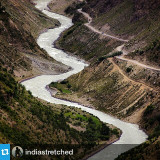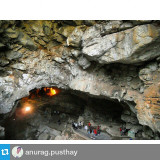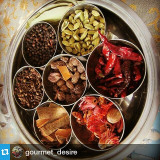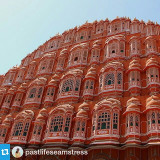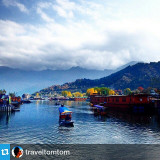Random image from our India photo collection
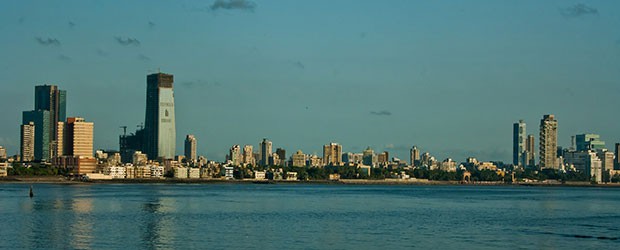
Jammu And Kashmir
Arts And Crafts
Kashmiri shawls and Woven jewels of Kashmir have developed over 300 years. There are two distinct types of shawls-the amli and the kani.
Amli means embroidered, where narrow strips of cloth woven on a small loom are carefully joined together with almost invisible stitches.
In kani shawls the designs are woven on the loom like twill tapestry.
The most valued shawls are the pashminas made from treads of delicate wool from the under-belly of the wild Tibetan goat that lives 4,000 feet above sea level.
The finest wool is shahtoosh. It is superfine, extraordinarily light and amazingly warm.
The most complex woven shawl is the jamawar, woven like tapestry. Sometimes, as many as 50 colors are used in a single shawl.
The origins of hand-knotted carpets can be traced back to more than 2,000 years. In India, the hand-knotted carpet appeared in the 15th century. In Kashmir, it attained a high degree of perfection especially in the 16th and 17th centuries under the Mughal emperors. Wool is the basic material, but in Kashmir, silk is also commonly used. The appearance and number of knots on the back of the carpet indicates the quality. The Bokhara carpets are one of the finest with about 125-500 knots in a square inch.
For over 2,500 years, the patterns reproduced were those of flower arabesques and rhomboids with an occasional animal design. Even today the same patterns are used.
Go back
Amli means embroidered, where narrow strips of cloth woven on a small loom are carefully joined together with almost invisible stitches.
In kani shawls the designs are woven on the loom like twill tapestry.
The most valued shawls are the pashminas made from treads of delicate wool from the under-belly of the wild Tibetan goat that lives 4,000 feet above sea level.
The finest wool is shahtoosh. It is superfine, extraordinarily light and amazingly warm.
The most complex woven shawl is the jamawar, woven like tapestry. Sometimes, as many as 50 colors are used in a single shawl.
The origins of hand-knotted carpets can be traced back to more than 2,000 years. In India, the hand-knotted carpet appeared in the 15th century. In Kashmir, it attained a high degree of perfection especially in the 16th and 17th centuries under the Mughal emperors. Wool is the basic material, but in Kashmir, silk is also commonly used. The appearance and number of knots on the back of the carpet indicates the quality. The Bokhara carpets are one of the finest with about 125-500 knots in a square inch.
For over 2,500 years, the patterns reproduced were those of flower arabesques and rhomboids with an occasional animal design. Even today the same patterns are used.
Go back


